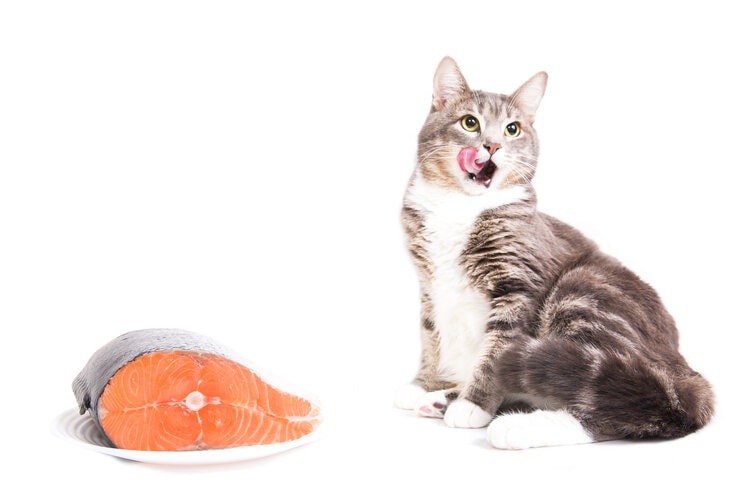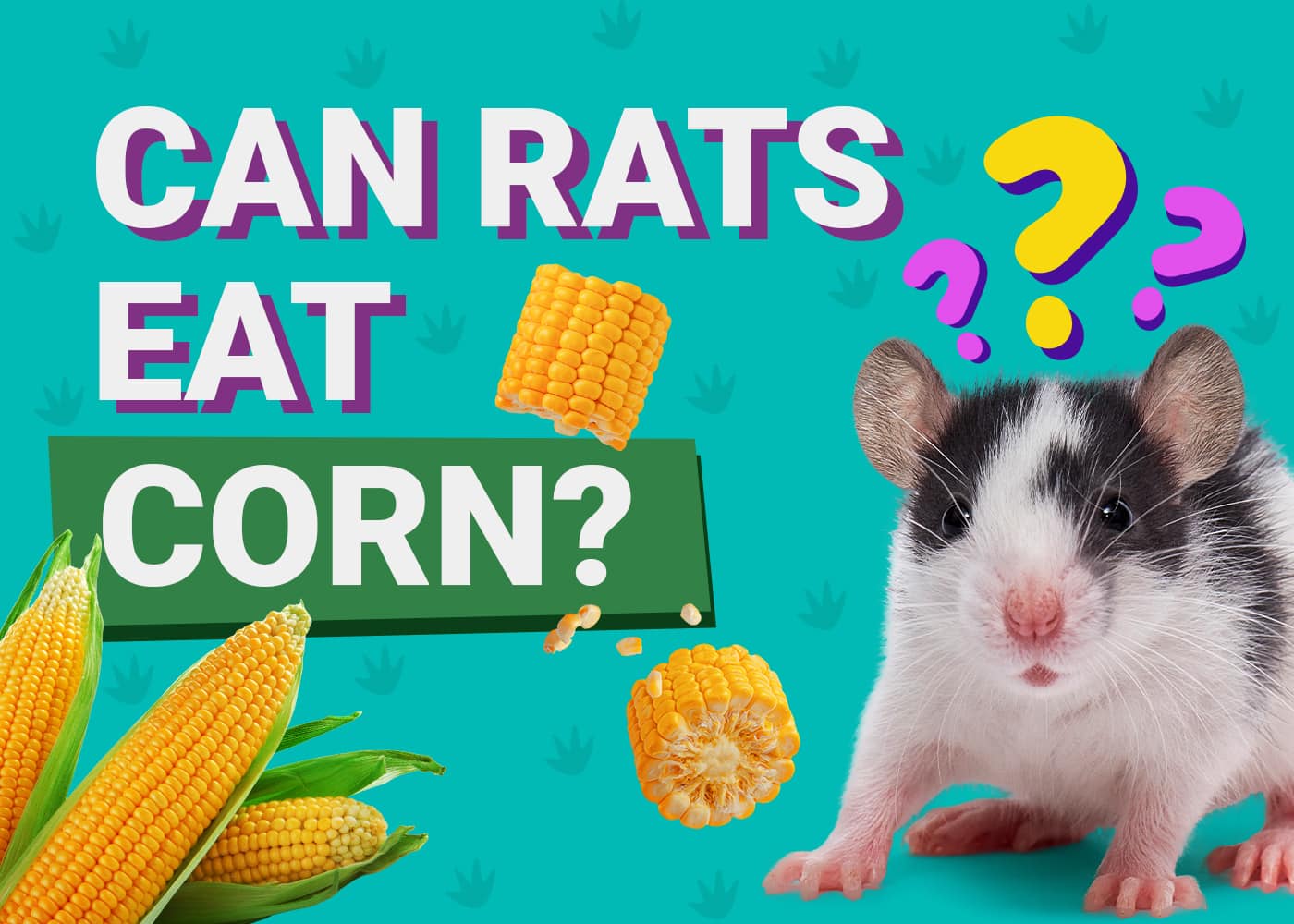VET APPROVED

The information is current and up-to-date in accordance with the latest veterinarian research.
Learn more »Click to Skip Ahead
Natural minerals are crucial for keeping not only our own health in good shape but the health of our cats as well. Potassium is naturally found in a wide array of foods and is often added to kibble to give our cats a well-balanced diet. Even if your cat wasn’t getting enough potassium, would you really be able to tell?
Potassium is crucial to keep cells working properly and help keep vital systems like the heart, nerves, and muscles running.

Natural Sources of Potassium for Cats
1. Salmon
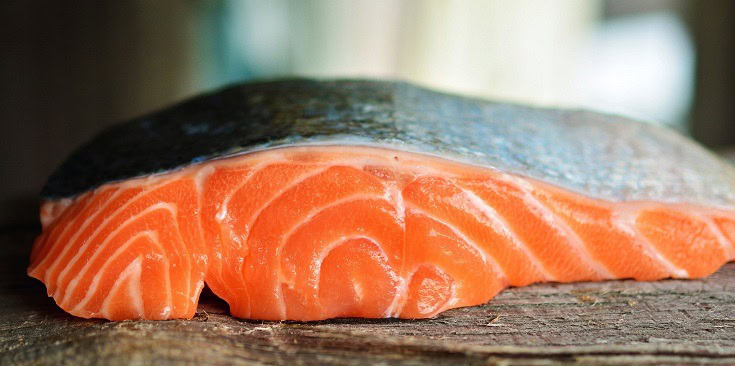
Salmon is a highly nutritious food and a flavor that our kitties can’t get enough of. This fish is a natural potassium source that your feline is undoubtedly going to be thankful for. Salmon is a high-quality protein with lots of omega-3 fats. Half of a salmon filet provides over 680 milligrams of potassium.
Remember, 330 mg a day is the average potassium requirement for a cat, so please be careful when giving your cat such rich foods that you don’t overdo it and ensure you are meeting their daily potassium requirements.
2. Chicken
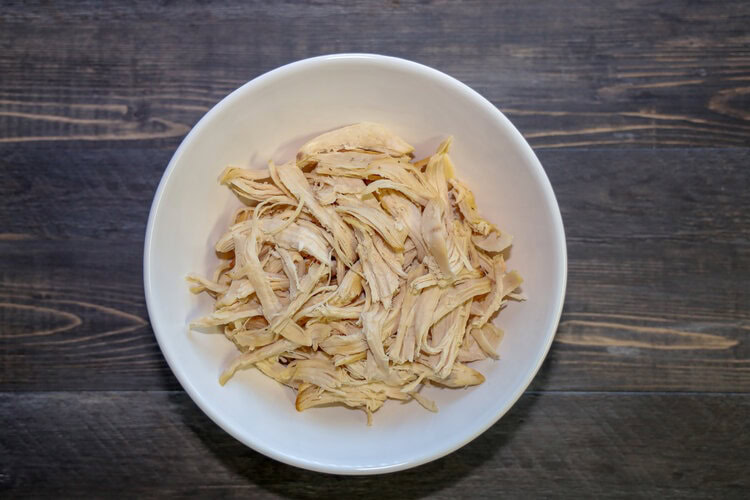
One cup of cooked, chopped chicken has about 312 milligrams of potassium. This measurement is about the equivalent of what a cat needs in a daily serving. Chicken is also rich in vitamins and zinc. Of course, you can’t forget that this is another favorite flavor among cats.
Be sure that the chicken has no seasonings on it if you do plan to give them cooked poultry and never give them cooked chicken bones. Plain chicken meat with no bone, salt, or condiments is ideal.
3. White Beans
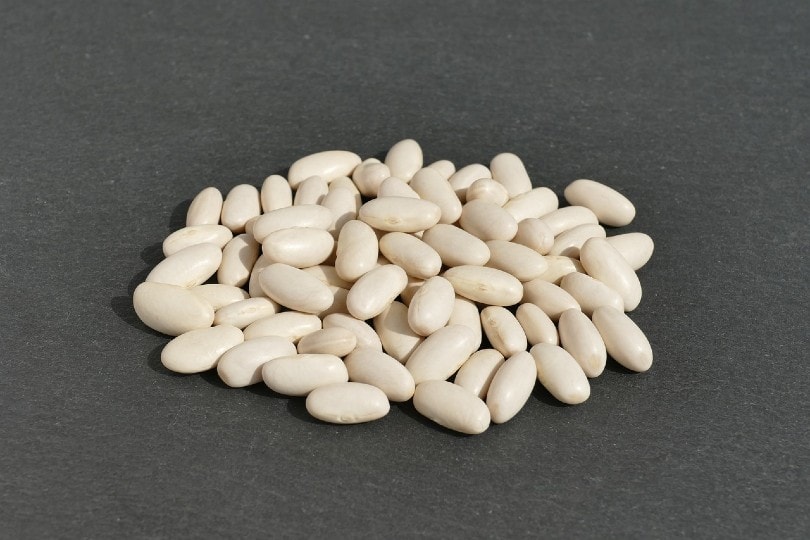
You shouldn’t feed your cat cooked beans on a regular basis, but they are a rich and healthy source of potassium for cats if they are cooked and served plain. White beans are one of the best food sources of potassium, with over 422 milligrams in only half a cup.
4. Potatoes

Another occasional treat with tons of potassium is the potato. Potatoes have potassium inside both the flesh and the skin. They are safest to eat when washed and cooked. A single, large baked potato has about 926 milligrams of potassium with the skin or 610 milligrams of potassium if peeled.
If you plan to give your cats some taters, then make sure they only get a couple of small bites here and there.
5. Lamb
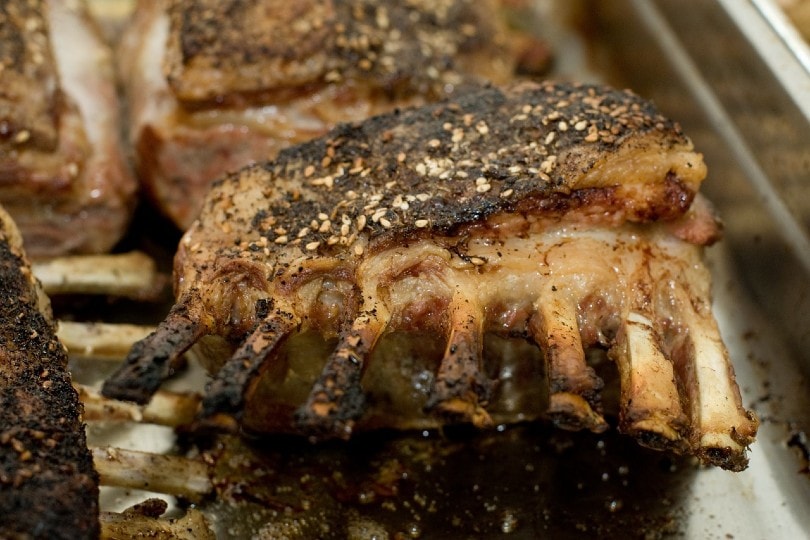
Lean meats, in general, are ideal for feeding cats on a strict diet. For example, lamb is something that most carnivores love the taste of, and 3 ounces of meat have over 260 milligrams of potassium inside. Other lean meats could include turkey, beef, duck, and veal.

How Much Potassium Do Cats Need Daily?
The detection of high or low potassium levels in the blood could be a cause for concern. A cat’s normal potassium levels are usually between 3.8 and 5.5 milliequivalents per liter (mEq/L), although these levels range. The daily allowance of potassium for cats is .33 grams. Feeding cats too much or too little of certain minerals could have serious consequences.
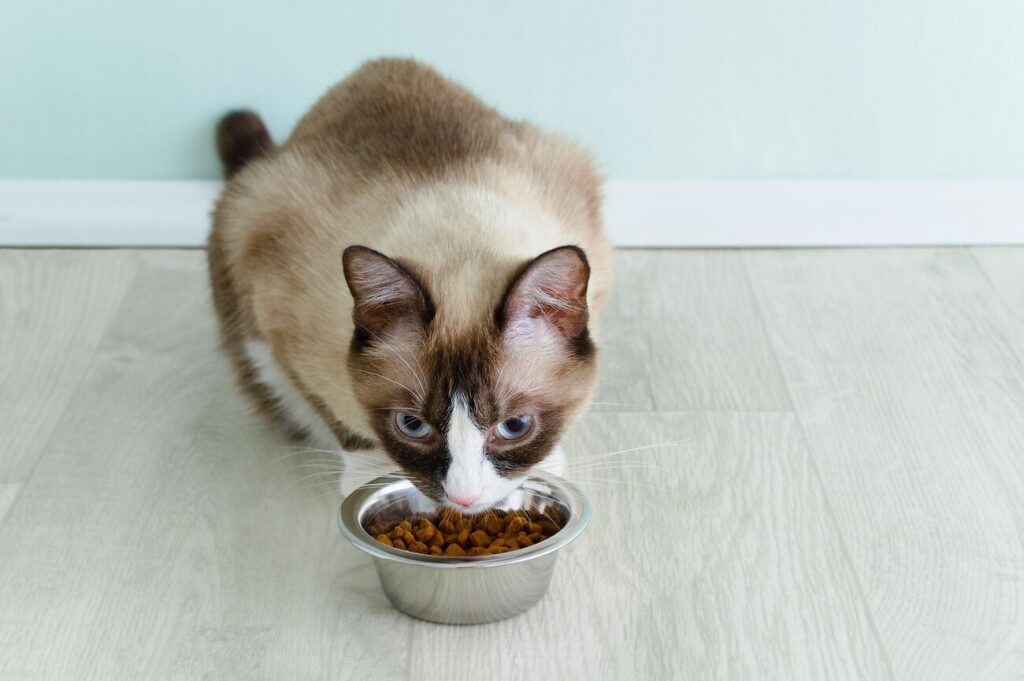
What Is Low Blood Potassium in Cats?
The medical term for low potassium levels is hypokalemia. Hypokalemia happens when the potassium-blood concentration is too low and disturbs the normal function of the nerves and muscles.
Potassium is a necessity for our bodies as well as cats’ bodies, and hypokalemia is most likely to show up in cats who are sick or suffering from severe fluid loss.
Chronic kidney failure, severe vomiting, and hyperthyroidism are the most common causes of hypokalemia in cats. The more severe cases of hypokalemia could result in extreme muscle weakness and trouble with regular functions. Hypokalemia may even cause periodic paralysis and disruptions to cardiac and respiratory functions.
Potassium is a necessity for our bodies, and hypokalemia is most likely to show up in cats who are sick or suffering from severe fluid loss. This may not be a concern for most mild cases, but the more severe ones could result in extreme muscle weakness and trouble with regular functions. Hypokalemia may even cause paralysis and disruptions to cardiac and respiratory functions.
Signs of Low Blood Potassium in Cats
Not all cats with low potassium levels are going to present symptoms. Still, it always helps to watch your cat and try to pick up on any abnormal behavior.
- Lethargy
- Vomiting
- Diarrhea
- Lack of appetite
- Weight loss
- Loss of muscle mass
- Pain
- Vocalizations associated with pain
- Weakness
- Difficulty standing or walking
- Inability to support heat
- Paralysis
- Cardiac arrest
- Heartbeat irregularities
- Trouble breathing
- Poor growth
- Poor coat quality
- Respiratory failure
- Increased drinking and urination
What Causes Low Blood Potassium?
A cat’s kidneys start to fail when they don’t have enough potassium in their blood. Even though kidney disease is the most common cause, several other factors could be partially responsible.
- Chronic kidney disease
- Diabetes
- Prolonged vomiting or diarrhea
- Severe lack of potassium in the diet
- Medications
- Some cancers
- Barium poisoning
- Intestinal obstructions
- Prolonged anorexia or malnutrition
- Strong emotional responses such as high stress or anxiety
How Is Low Blood Potassium Diagnosed?
To give you a proper diagnosis, your vet will take a sample of blood and send it to a nearby lab for testing. The blood sample gets analyzed for a blood count, biochemistry panel, and electrolyte panel. Be prepared to discuss your cat’s extended medical history as well as any medications they currently take or have taken in the past.
For additional information, urine or fecal samples may also be collected and analyzed.

What Happens After Being Diagnosed?
Often, cats with low potassium are prescribed a supplement to get their levels back on track. These are usually oral supplements, and the vet’s office will schedule several follow-up visits to ensure that their levels are returning to normal.
If your cat hasn’t yet been diagnosed, there are a few foods that could help boost their potassium levels. Always consult a vet before making any major changes to your cat’s daily diet or if you’re concerned about their potassium intake.

Final Thoughts
You must be very cautious when altering a pet’s diet because you never know what could be causing an imbalance in the first place. It won’t hurt our cats to get a boost of potassium from natural sources here and there.
Still, you would regret it if you made certain illnesses or issues worse by not checking with a vet first. If you suspect that something is wrong with your cat’s health, make an appointment with your vet immediately and have them run some tests to figure out what’s wrong.
Featured Image Credit: Rosamar, Shutterstock
